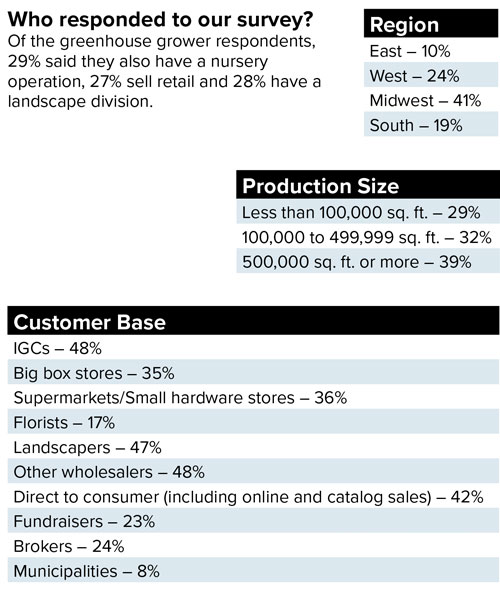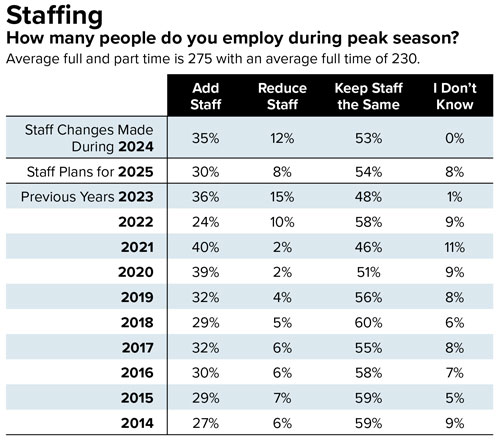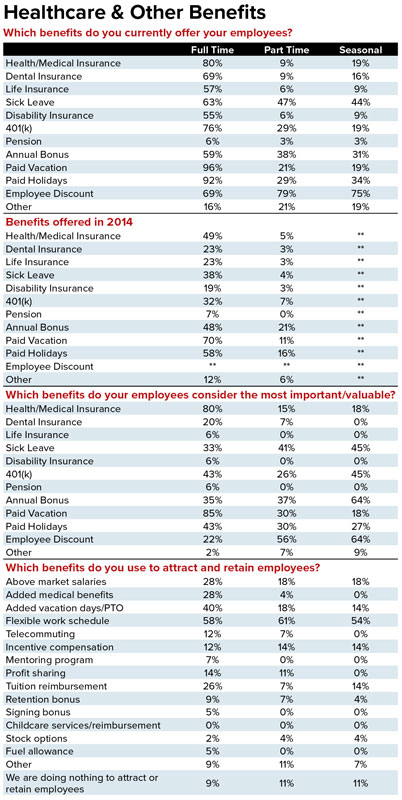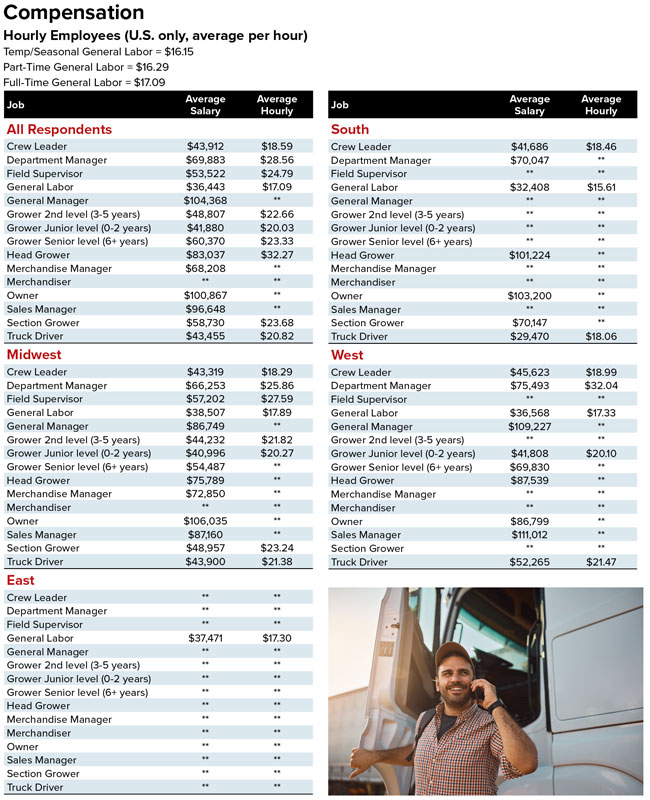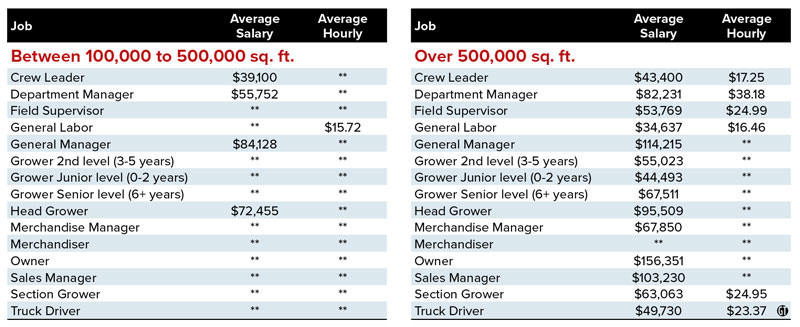12/1/2024
Heading Into the Unknown
Jennifer Zurko, Data Compiled by Industry Insights

Labor issues aren’t a new problem for greenhouse growers and garden center retailers. You’ve been dealing with scrambling to find a reliable workforce for years.
But one thing we do know is that the H-2A guestworker visa program has saved your bacon.
H-2A is not a new program—nursery growers and other agriculture businesses like fruit, vegetable and dairy have used it for years. But the labor shortage has trickled down to affect specialty crop growers, who’ve been forced to turn to the program to get workers. More and more greenhouse operations have applied for H-2A during the last five years and the data bears this out.
According to the U.S. Department of Labor (DOL), they received almost 21,000 applications for H-2A visas in 2023, which was a significant increase over the 12,000 from the year before. Between 2017 and 2022, the number of workers certified through the program by DOL increased by 65%.
Although fruit and vegetable producers are still the primary participants of the H-2A program, we know that specialty crop growers were a significant part of the increase seen over the last decade. And now, almost every grower I talk to who uses H-2A said that they wouldn’t be able to stay in business without it.
Because of this, one of the new questions in the Salary & Benefits Survey for this year was whether respondents use H-2A or H-2B to fill some of their workforce. About 39% said that they use H-2A or H-2B, mostly from the larger operations (above 100,000 sq. ft.). For those that use either program, the average number of workers they get is 96.
On the landscape side, the U.S. Citizenship and Immigration Services (USCIS) announced back in the fall that it had reached the congressionally mandated cap for H-2B visas for temporary non-agricultural workers for the first half of fiscal year 2025. AmericanHort sent out a call to our industry to reach out to their legislative representatives to request an increase in the cap. (The annual H-2B cap is set at 66,000, with 33,000 visas allocated for each half of the fiscal year.)
As of press time, we don’t know if the cap was increased, but since this issue is being sent to press right after the election, we can assume that Congress has had other things on its mind. And with a change in administration, we find ourselves in even more unknown territory.
In November, President-elect Donald Trump announced that Tom Homan, who was a national security advisor in the first Trump White House, would be the new “border czar.” On “60 Minutes,” Mr. Homan said that large-scale worksite raids could be a key part in the Trump Administration’s immigration plan to detain and deport unauthorized workers.
We don’t yet know how, when—or even if—these plans will be implemented. But it would be wise to plan ahead, make sure you have all of your staffing paperwork in order, and pay attention as much as possible on any new legislation related to immigration and seasonal workforce programs. Also, maintaining direct contact with your local representatives in Congress to let them know how specific plans affect your business can go a long way in trying to stave off any challenges or obstacles into getting the reliable workforce you need.
“Finding enough workers and the right workers remains a big challenge for our members and we are dedicated to helping our industry acquire the labor it needs to succeed,” said Matt Mika, VP Advocacy & Government Affairs for AmericanHort. “While it’s too early to know exactly how President-elect Trump’s administration may change these programs, we’ll continue to push for simpler rules for using H-2A and work to reduce the paperwork and costs tied to the program. With many new faces in Congress, now is an important time for growers to reach out to their representatives, share their stories, and explain how H-2A and H-2B make a difference for their businesses. Our goal is to support growers by advocating for policies that address these urgent labor issues, so they can focus on what they do best—growing plants.”
If you’re a member of AmericanHort, you can reach out to them with any questions or assistance you need regarding labor and legislative issues. If you’re not a member, now may be a good time to think about becoming one.
